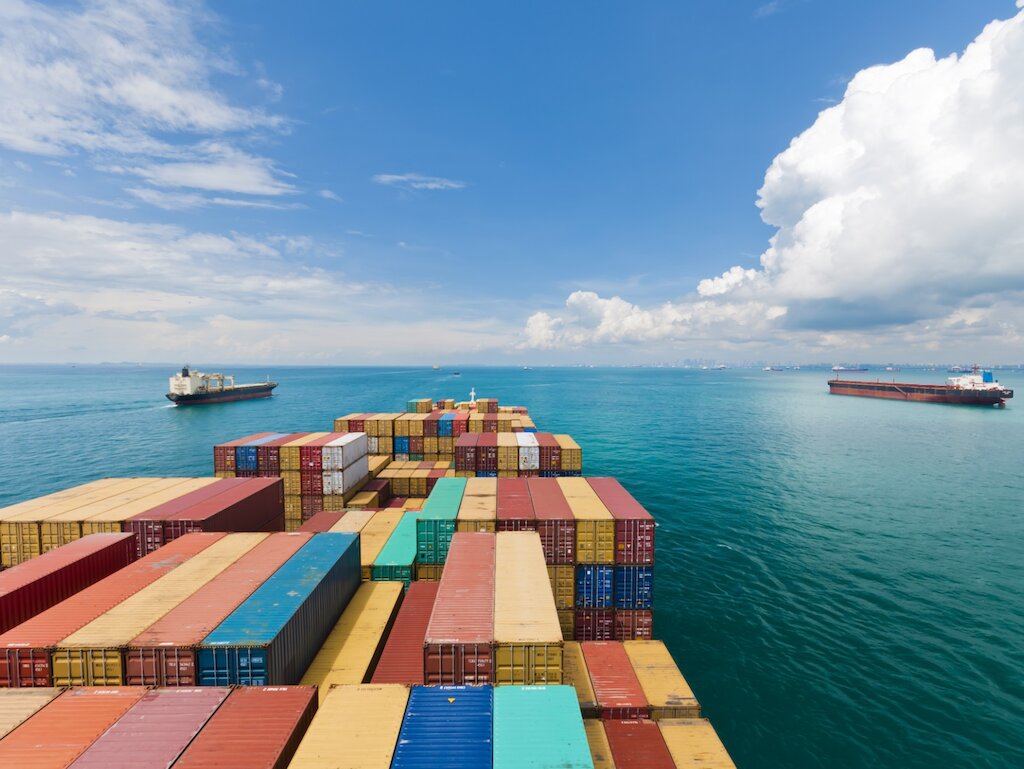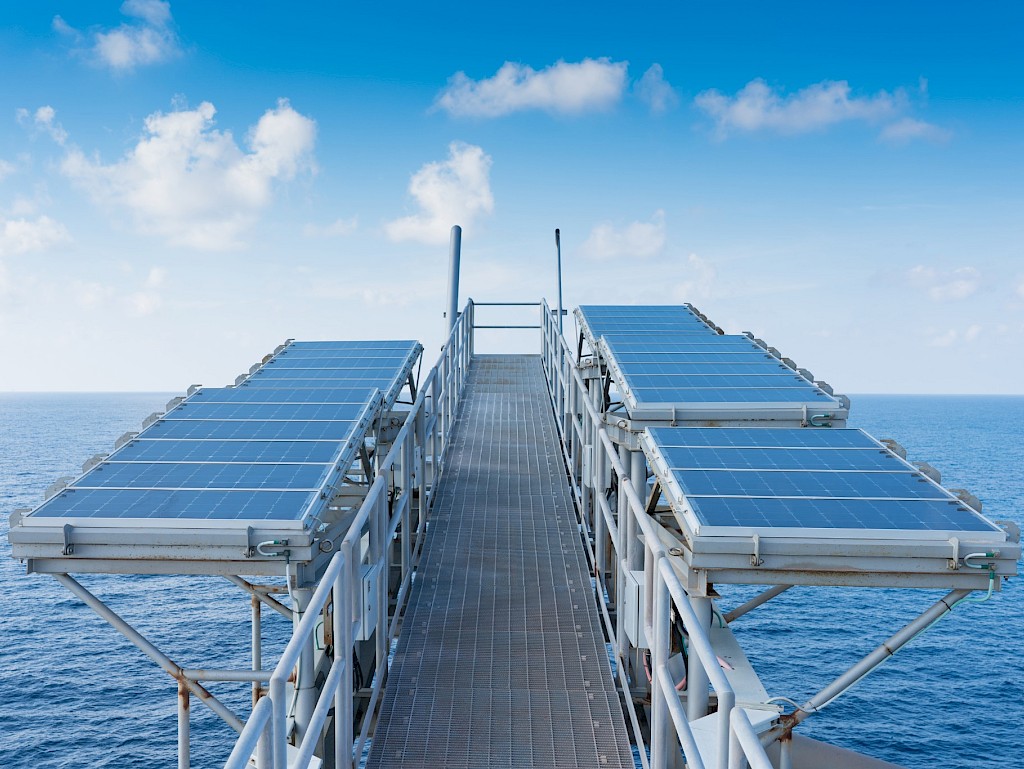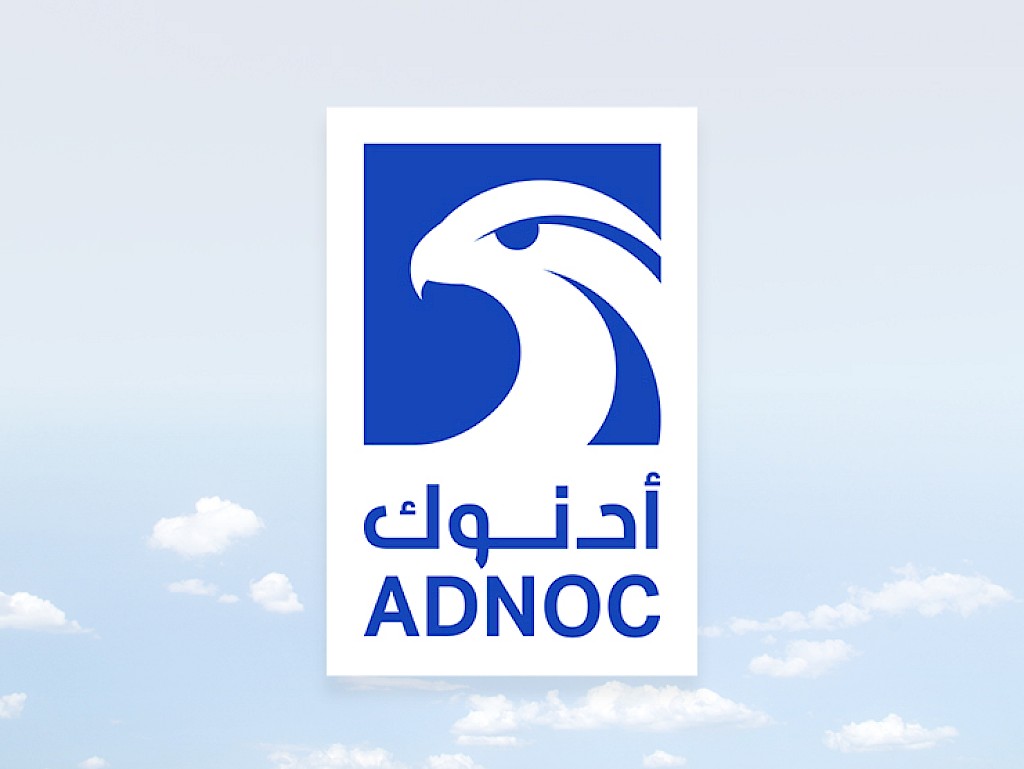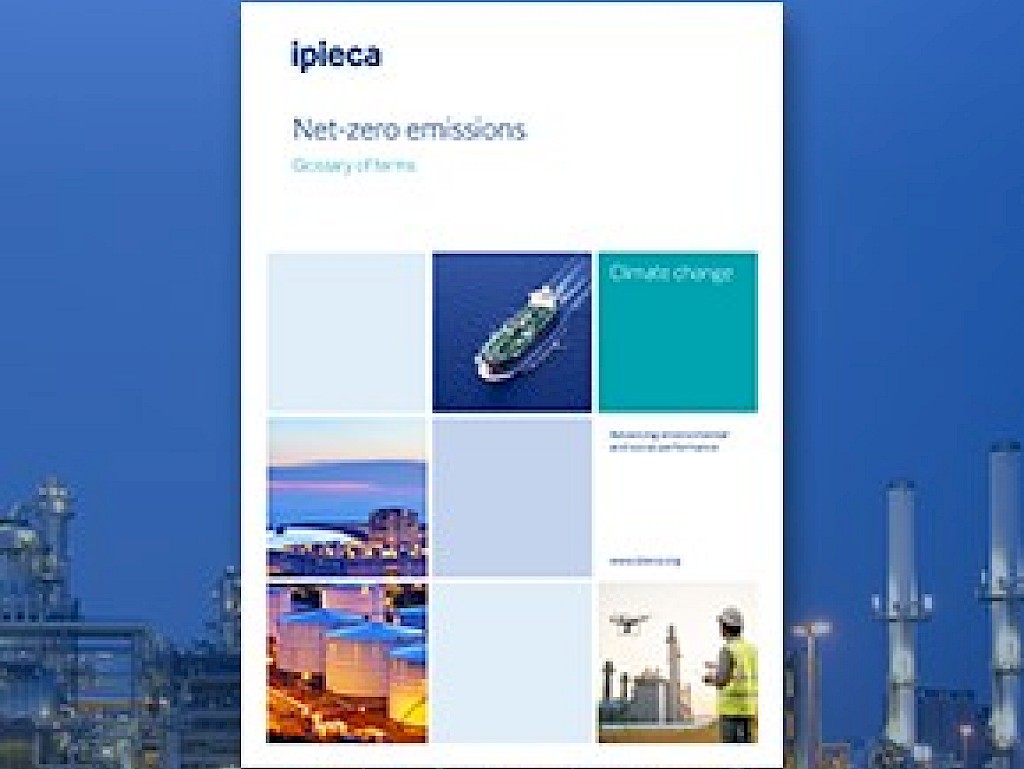Global energy technology and service provider SLB has announced its commitment to achieve net-zero greenhouse gas (GHG) emissions by 2050.
Guided by climate science, SLB has spent 18 months conducting extensive analysis and working with experts to produce a net-zero plan. The plan is focused on reducing Scope 1, 2 and 3 emissions across the oil and gas value chain - including the introduction of its Transition Technologies portfolio to assist its customers and the wider industry in their decarbonization commitments.
SLB is committed to getting to net zero, using 2019 as a baseline year, supported by a comprehensive near-term emission reduction roadmap and interim targets:
- By 2025, a 30% reduction in Scopes 1 and 2
- By 2030, a 50% reduction in Scopes 1 and 2; 30% reduction in Scope 3
- By 2050, Net Zero, with minimal reliance on offsets
Along this journey to net zero, SLB will be transparent in its alignment with the Task Force on Climate-related Financial Disclosures (TCFD) and Sustainability Accounting Boards (SASB) frameworks. In this context, SLB is working with the Science-Based Target initiative for formal external validation of its 2030 target.
'There is a new industry imperative to address climate change while meeting the demand for energy both today and in the long term, sustainably. We have a 2050 net-zero carbon emissions ambition which I believe is unique in our industry due to our capabilities as a technology company and our culture grounded in science. This reinforces our commitment to unlocking access to energy, for the benefit of all,' said Olivier Le Peuch, Chief Executive Officer, SLB. 'Our net-zero target is inclusive of total Scope 3 emissions; this is a first in the energy services industry.'
'Our decarbonization plans are based upon climate science and focused on three key areas: operational emissions; customer emissions; and carbon-negative actions,' said Katharina Beumelburg, Chief Strategy and Sustainability Officer, SLB. '75% of SLB's baseline GHG footprint comes from the technologies our customers use. To address this, SLB has introduced our Transition Technologies portfolio, which is designed to help customers reduce their Scope 1 and 2 emissions, while simultaneously enabling us to meet our Scope 3 emissions target.'
The Transition Technologies portfolio addresses fugitive emissions, flaring reduction, electrification, well construction emissions and full field development solutions - attributes which SLB has used to map the technologies to the United Nations Sustainable Development Goals (SDGs). Comprised of proprietary technologies and solutions, these will help to reduce direct and indirect emissions along with other environmental attributes, while simultaneously driving efficiency, reliability, and performance. To quantify the impact of these technologies, SLB has developed a robust framework that enables standardisation of measurement, benchmarking through net-footprint comparisons, and ultimately better-informed technology selection during planning.
SLB's decarbonization plan is aligned with the Paris Agreement to limit global warming to 1.5 degrees Celsius, achieving a climate neutral world by mid-century. SLB is on track to achieve its previously set near-term emissions reduction target of 30% by 2025 for Scope 1 and 2, ahead of schedule.
SLB uses the UN SDGs as a key framework to translate corporate programmes into social and environmental sustainability initiatives that are locally relevant. The Ipieca-WBCSD SDG Roadmap supports its ongoing effort to drive more sustainable operations across the energy industry.



